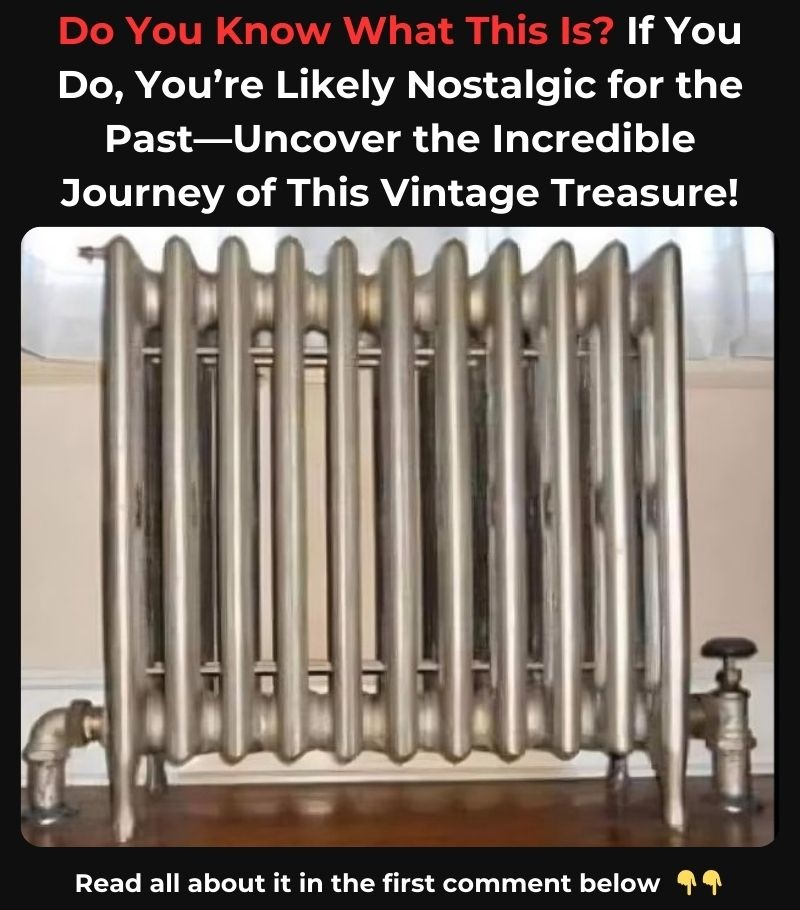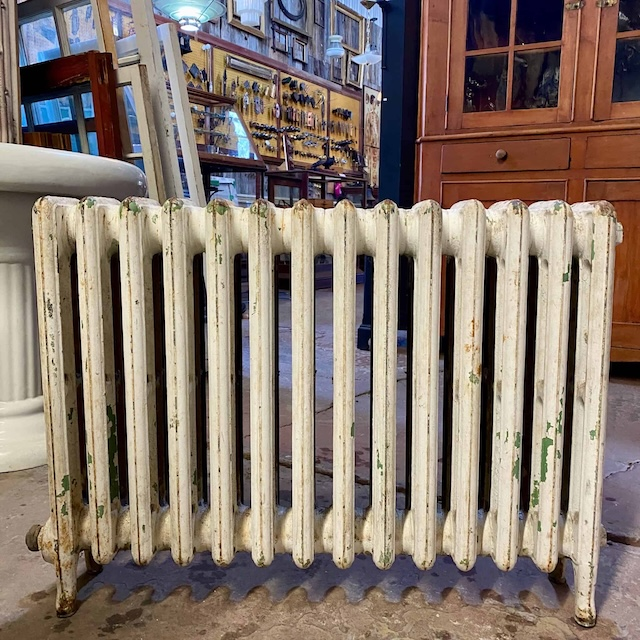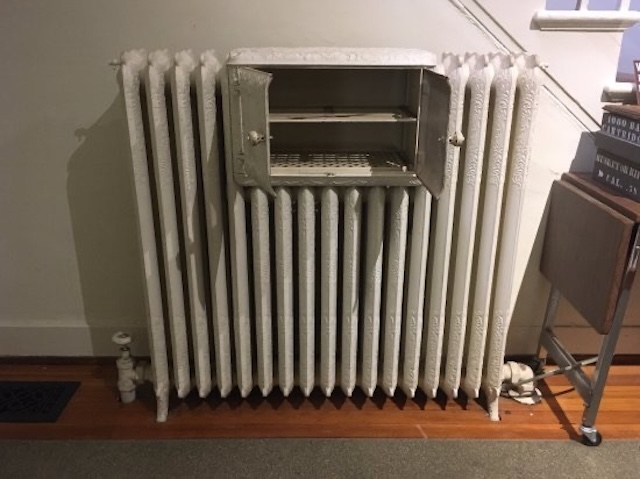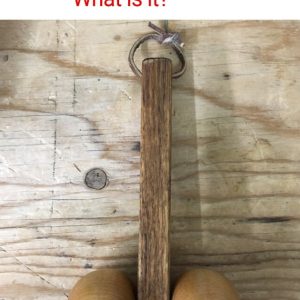Ever stumbled upon a bulky, ornate metal fixture tucked in the corner of an old building and thought, “What the heck is that thing?” If you recognized it right away, there’s a good chance you’re someone who remembers snow boots on the floor, mittens drying nearby, and the soft hissing of steam in winter. That, my friend, is a vintage cast-iron radiator—a forgotten gem that once sat at the heart of cozy homes.
Let’s take a deep dive into the incredible history of this nostalgic workhorse and why it’s making a surprising comeback.

The Humble Origins of the Radiator
Back in the mid-19th century, homes were a whole lot colder—and fireplaces just weren’t cutting it. That all changed when Franz San Galli, a Polish-born inventor working in Russia, developed the world’s first modern radiator. His genius design allowed steam or hot water to circulate through cast-iron pipes, warming rooms evenly and efficiently.
Suddenly, families didn’t need to crowd around the fireplace to stay warm. Radiators could be installed in every room, making whole-house heating a reality for the first time. It was one of those innovations that didn’t just make life more comfortable—it literally changed how people lived during winter.
Video: How to turn an ugly cast iron radiator into a gorgeous Victorian one! / Simple and affordable
When Radiators Were the Heart of Every Home
By the late 1800s and early 1900s, cast-iron radiators were everywhere. Schools, hospitals, and homes all relied on them. And they weren’t just functional—they were downright beautiful. Some looked like something out of an art museum, with delicate floral patterns and sculpted columns.
In places like New York and Chicago, winters were brutal. But if you had a cast-iron radiator in your apartment, you were golden. Families would gather around it to warm up after trudging through snow, kids would press their hands against it for comfort, and drying your wet socks on top was practically a family tradition.
Heating for the People: A Social Game-Changer

One of the coolest things about these radiators? They didn’t just keep the rich warm. During the early 20th century, when reformers were fighting for better living conditions in overcrowded tenements, radiators became part of the solution. Central heating meant healthier homes—and that meant healthier families.
In schools, radiators offered more than just warmth. They became gathering spots during breaks, and students still remember the familiar smell of damp coats drying on their hot surfaces. They weren’t just machines. They were part of the day-to-day rhythm of life.
The Fall of the Radiator—and Its Quiet Comeback

Eventually, sleek HVAC systems took over. By the mid-1900s, modern forced-air heating became the new gold standard. Radiators were too big, too heavy, and too… old-school. So they started disappearing, often removed during renovations and replaced by vents and thermostats.
But here’s the twist: they didn’t stay gone for long.
In recent years, vintage cast-iron radiators have made a comeback. Designers love their industrial charm. Homeowners praise their durability and heat retention. And for those looking to blend old-world style with modern function, refurbished radiators are the perfect centerpiece. Suddenly, what was once outdated is now a prized feature in high-end homes and restoration projects.
What Made These Radiators So Special?
Video: Vintage Cast Iron Radiators
Aside from their charming aesthetic, vintage radiators were built to last. We’re talking decades—sometimes over a century. They’re practically indestructible, and they hold heat like a dream. Even when the boiler shuts off, they stay warm for a long time.
They also had personality. Each clang, hiss, and groan was like a winter lullaby. Sure, it wasn’t the quiet hum of central air, but those sounds made the cold nights feel somehow less lonely.
Stories, Quirks, and Fun Facts
Let’s talk about a few of the quirky, charming details that make these radiators so memorable:
- Radiator cooking: People used to heat up soup or coffee by placing pots directly on top.
- Humidifying the air: It was common to leave a dish of water on top of the radiator to combat dry winter air.
- Clanging pipes: The popping and hissing sounds weren’t just noise—they were part of the radiator’s charm (unless it kept you up at night).
- Radiator hacks: Tenants in old apartment buildings would swap tricks on how to “bleed” a radiator or tweak the valves to control the heat.
Every home had its own radiator rituals, from drying winter gear to enjoying the oddly satisfying scent of warm iron.
A Legacy That Still Radiates Warmth

Even today, many old radiators are still in use. Not only because they’re reliable, but because they tell a story. They’re a link to a time when things were built to last, when form met function, and when families literally gathered around the heat source.
Modern versions of radiators exist, sure—but they just don’t have the same soul. There’s something magical about seeing those ornate iron columns glowing softly in the corner of a room, reminding you that warmth isn’t just about temperature—it’s about memory.
Conclusion: The Radiator as a Timeless Treasure
The vintage cast-iron radiator may no longer be a household necessity, but it remains a cherished symbol of simpler days. It brought more than heat—it brought people together. It stood in kitchens and living rooms as a quiet witness to laughter, cold nights, snow days, and bedtime stories.
So, if you ever walk into an old building and spot one of these beauties, pause for a moment. Place your hand on its surface. You’re not just touching a heater—you’re touching history. A piece of our collective past that still has plenty of warmth to offer


